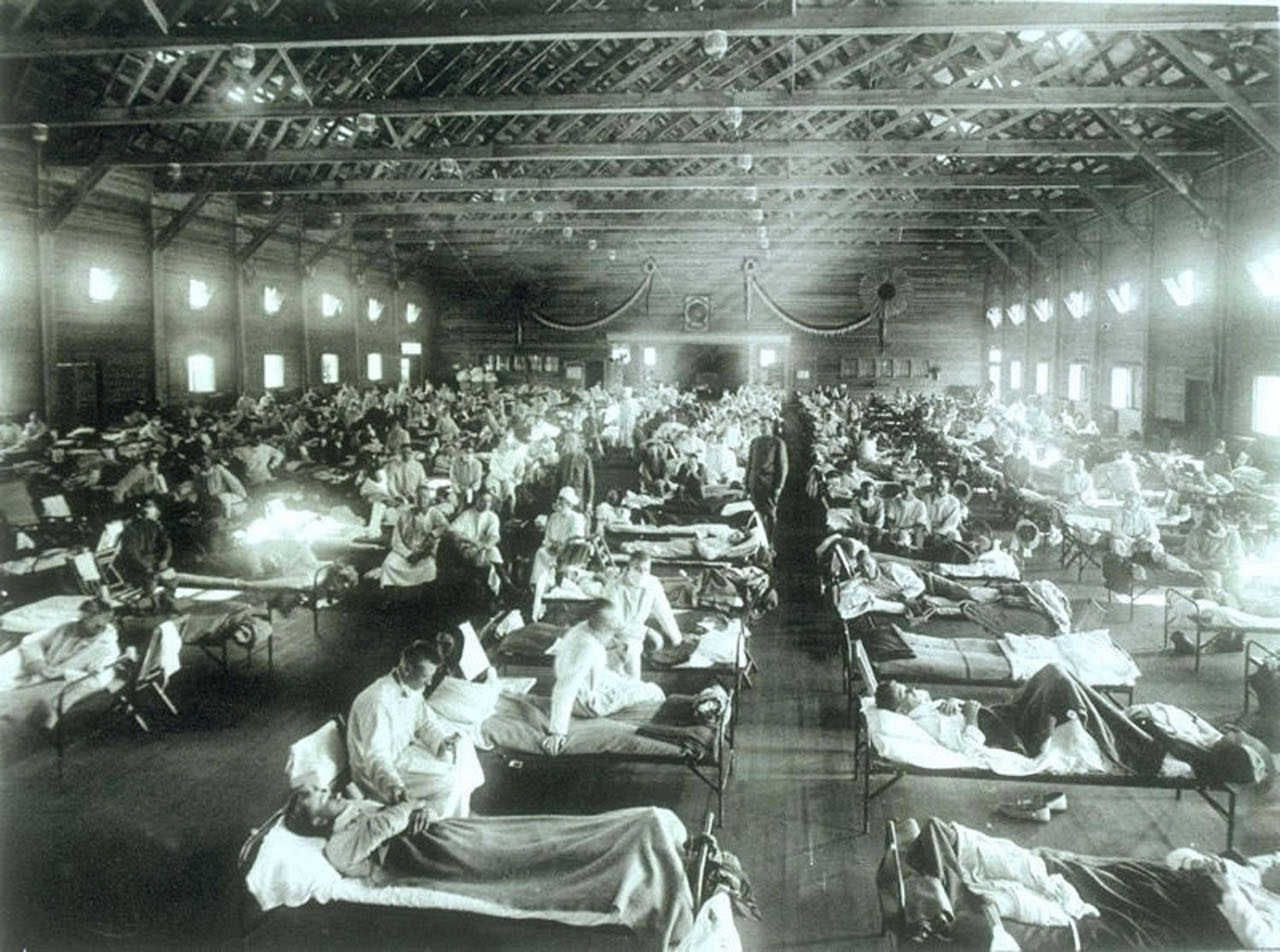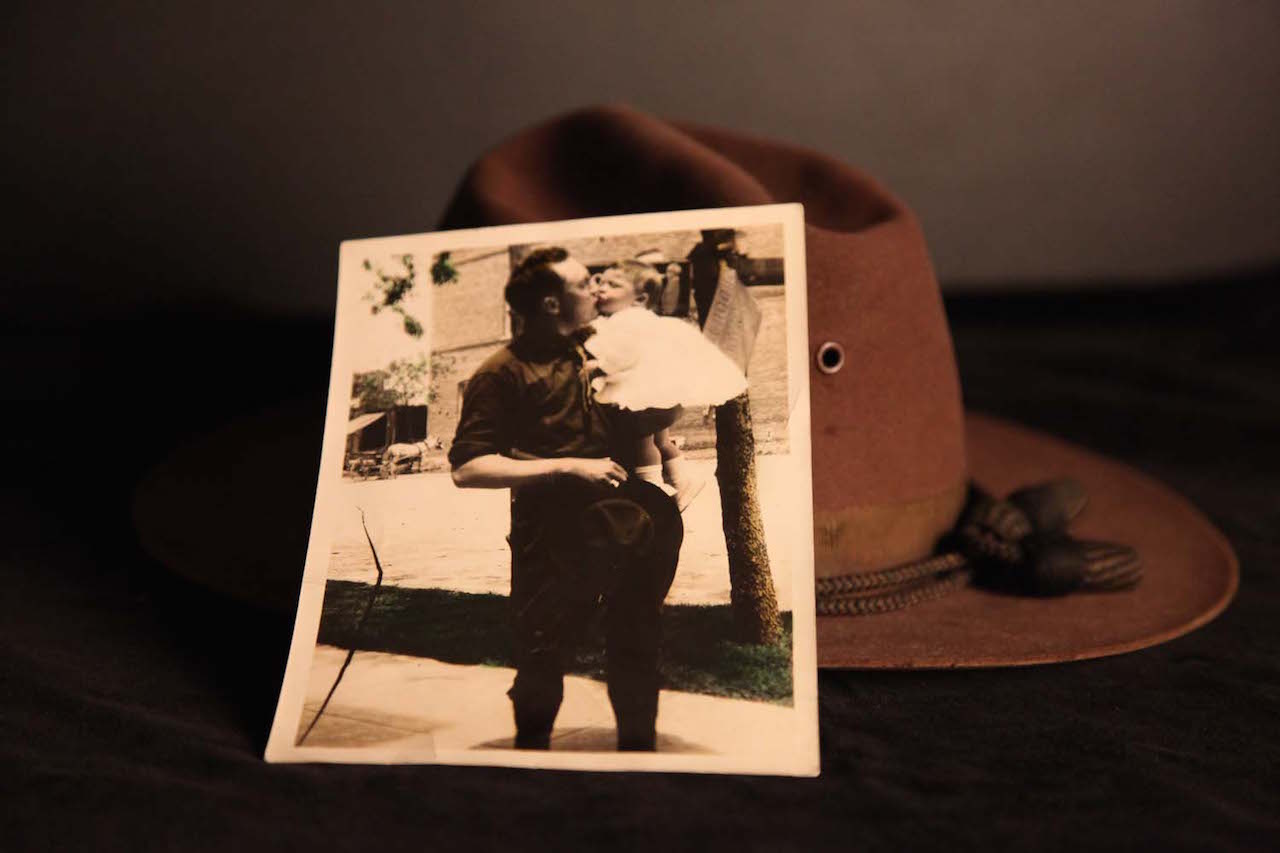An Aggressive Enemy
Fighting the Influenza Pandemic of 1918
The influenza pandemic of 1918 was extremely dangerous and resulted in the death of around 675,000 Americans. Although the death toll was higher than those who died in World War I, the flu did not make the impression on society that the war did.
It is interesting that, by and large, society strived to forget the influenza pandemic. Perhaps it had to do with the link in people’s minds with the tragedies of World War I. Obituaries for those killed by the flu were run side by side with those of soldiers. Also, the war seemed more of an issue for society than the flu. This was true despite factors such as increased levels of life insurance being collected. One company paid out 745% of their policies. Some small businesses went bankrupt due to being closed during the worst of the pandemic.
Dr. Playford Lorenzo (P.L.) Rush was born November 8, 1889, in Accident, Maryland, a small community in the far western part of the state. After receiving his medical degree in 1915 from Dickinson College in Carlisle, Pennsylvania, he became a physician and non–commissioned officer in the U.S. Public Health Service.
In February 1918, at the start of the Spanish Influenza Pandemic, Dr. Rush was transferred to Englewood, New Jersey (Camp Merritt), as First Lieutenant and scientific assistant in charge in the Public Health Service’s Field Investigations Division, Extra Cantonment Zones. Such zones were cooperatively established by States and municipalities with the Public Health Service to protect U.S. military and naval forces from communicable diseases that existed in areas surrounding mobilization camps.
In October he and Flora Mae, who was pregnant with twin daughters, contracted influenza. Dr. Rush died on October 25th just before his 29th birthday. Flora Mae survived, and daughters Marjorie Playford and Flora Mae Rush were born January 24, 1919.
Although the Pandemic continued into 1920, the Extra Cantonment Zone around Camp Merritt was closed in June 1919 following the withdrawal of U.S. troops from Europe. Dr. Rush was one of only three Public Health Service officers to die from influenza, which was thought to have killed as many as 100 million people worldwide.



Hat, pins, and photo
In this photo taken around 1915, Dr. Rush is holding Marjorie Applewhite, the daughter of C.C. Applewhite, the Assistant Epidemiologist in charge at the Public Health Service’s Atlanta office, and for whom his daughter Marjorie Playford Rush Ford was named. The hat and pins were part of Dr. Rush’s Public Health Service uniform.


